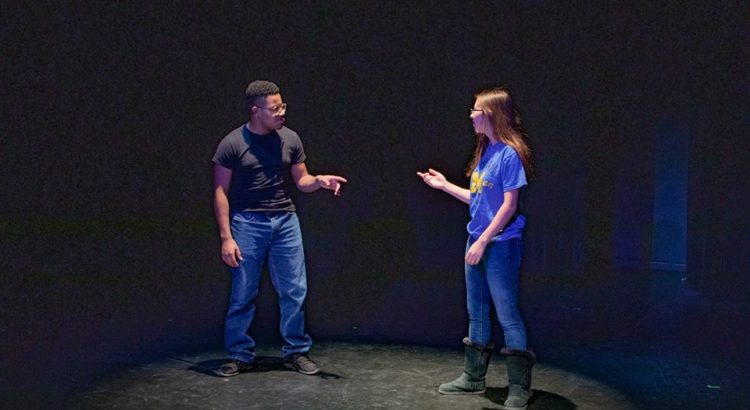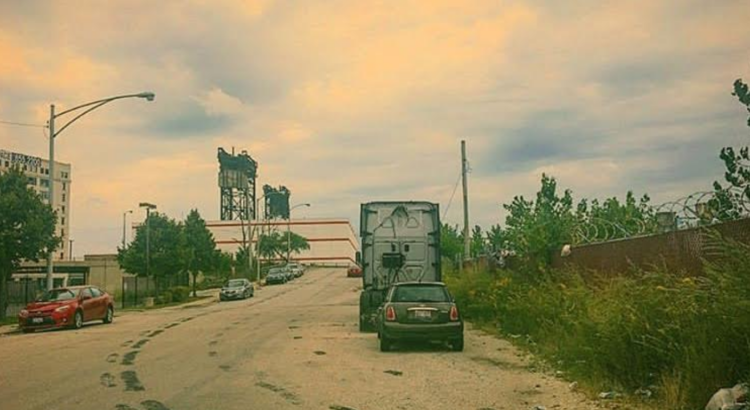
Hi everyone! I know it’s been a while, with break and everything, but I’m back again this week to open a discussion about my answer to the question, “what class is your favorite?”
And yes, I am well aware that this is one of those cliche icebreaker questions, but it’s actually also a common question you’ll hear people in studio talking to each other about from time to time, whether it’s asking for peer suggestions on what class to replace with another, or just curiosity. With that said, I’m also well aware that prospective students are probably wondering the same thing and probably worried about the answer I’ll give like, “oh jeez, will I be able to enjoy such a class myself?”
Again, in no way am I representative of the whole body of architecture students here at the University of Michigan, where we all have different values and aspirations, so each one of our answers to this question will likely vary.
***
Over the years, I’ve taken a great mix of courses.
- I will say that the first year, I took mostly prerequisites such as calculus and English, and this is similar to what other majors do as well. within the first year. Is this enjoyable? Well, you definitely will still be adjusting to college lifestyle and workload to a certain degree, but it seems to me that this is the closest you will get to high school courses. I personally see prerequisites as bridging the gap between your high school education and the educational standards at the University of Michigan. These courses are just the bland standard to me, they’re just in place to ensure you can handle survival at this university, and they’re just in the way to the actual excitement of your discipline, which is to come! I believe you only get a peak at your discipline in the first year. I remember taking a few basically introductory courses to architecture, and feeling hungry for more of it.
- In the second year, you’ll be finishing up prerequisites and taking more official architecture courses to set you up for the studio life that’s to come. This includes actually purchasing expensive drafting equipment, constructing your first models, learning studio sharing culture, along with being thrown into a few different software programs that you’ll be expected to learn either on your own or with your studio mates. Honestly, this year is both exciting and frustrating because you’re finally tasting what it takes to become an architect, but you’re also held back by the fact that you can’t really do “real” architectural stuff if you haven’t intermediately mastered such materials.
- In the third year, you’ll be using everything you’ve learned in the past two years and applying it to hypothetical, yet realistic scenarios in studio. You will (likely) become more digitally oriented because of the amount of work asked to produced in both the forms of drawings, renderings, and scaled models. And you’ll probably also be getting a nice camera to document all the amazing work you’ve done so that you can create your own portfolio that’ll lead you to internships.
- In the fourth year (my current year), you’ll be sort of be given more freedom in terms of deciding on what aspects to focus on when creating the project, but you will still have a structured prompt given to you in studio, along with a professor who will oversee your work and give you suggestions, but it’s definitely a more self-oriented year where you can take more electives as well, to ensure that you can get more flavor into the architectural experience that you’d like to get out of the university. I’ve actually taken my non-architectural electives during my sophomore year, but I’ve been taking more architectural electives these past semesters. A bit off track, but I’ve finally been able to get into a health design course that I’ve been looking for for awhile (it’s a completely new course) and I’m VERY stoked that the professor seems amazing, and this course is so valuable in that it provides interdisciplinary perspectives to architecture and its effects on both physical and mental health. Anyway, I was just really happy about that and wanted to share that with you all!
With that said, I would have to say that my hands-down favorite course, out of all of the courses I’ve taken all of these semesters here at the University of Michigan in architecture is my first studio course, UG1. People claim it is the “weeder course” because it is the first time you are asked to apply a plethora of newly-acquired skills into a real world scenario, with many projects thrown at you. But I personally found that it was the most imaginative studio. And, hear me out. Yes, you are asked to do all of those things listed above as a newly developing designer, but you’re also given less restrictions because at that point we have not quite understood building code and real-world spatial regulations. You’re able to freely express yourself and that is what I found the most refreshing, because all options are “on the table” so to speak.
***
Unfortunately I gotta launch back into my assignments again, but I’m so excited to hear your comments and thoughts on this blog! Once again, if you haven’t already, if you want to see more of my photography and what studio works I’ve been up to, give me a follow on instagram: @themichiganarchitect
Ciao 🙂







